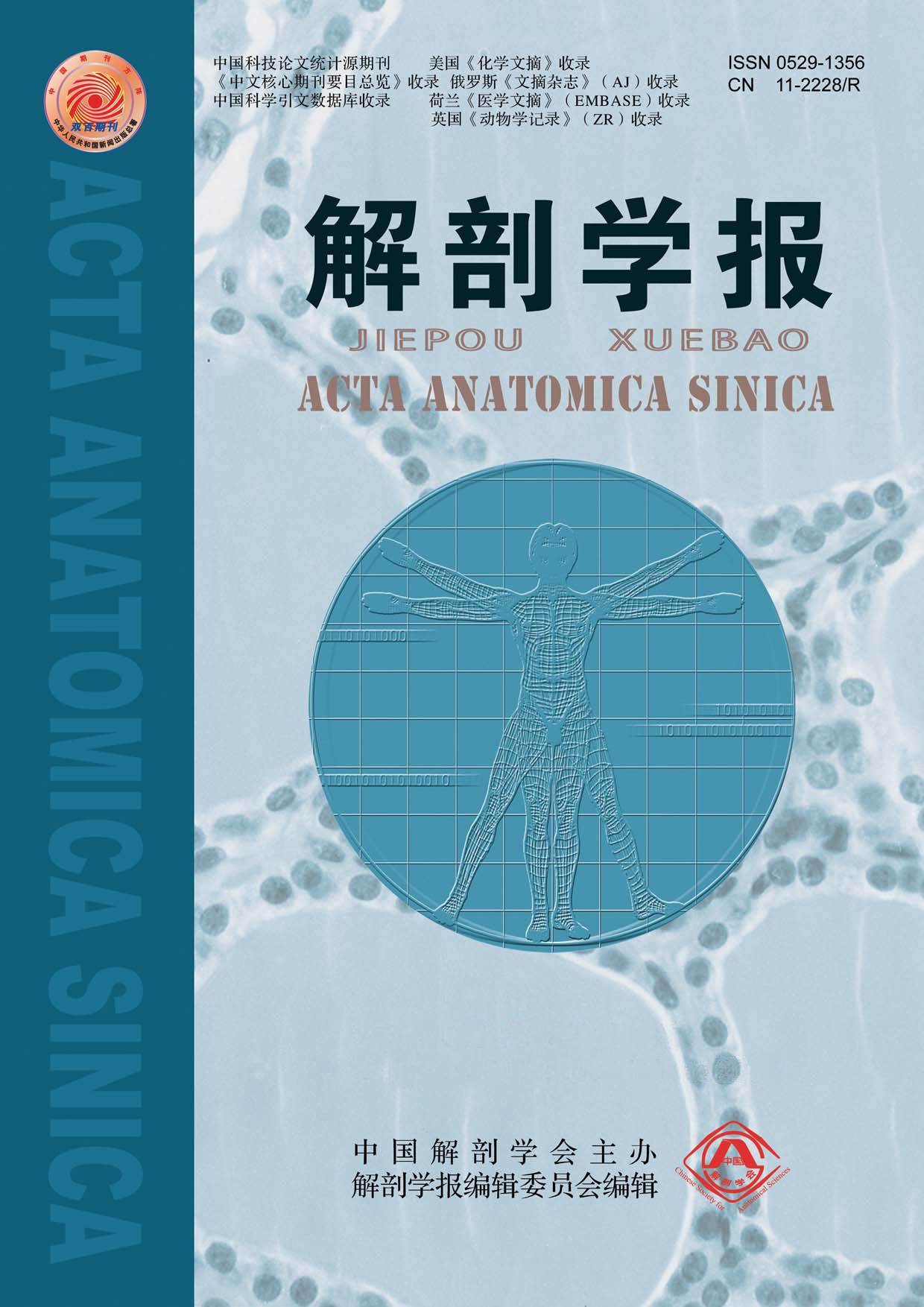Objective To explore the relationship between supratentorial area (STA), posterior fossa area (PFA) and intracranial area (ICA) of normal adult Tibetans with age and gender. Methods The subjects of this study were native Tibetan adults living in Lhasa. Totally 158 sample populations were between the ages of 20 and 59 years, with an average age (36.60± 10.75) years, including 64 males and 94 females. Siemens MAGNETOM ESSENZA 1.5T magnetic resonance scanner was used to scan with 3D-fSPGR sequence, and the images obtained by scanning were stored in DICOM format and imported into 3D Medical medical image processing software, and region of interest was delineated by using the software’s own toolkit. STA, PFA and ICA were measured on T1WI mid-sagittal imaging, and the ratios of PFA/STA, STA/ICA and PFA/ICA were calculated. In order to eliminate the influence of individual differences in skull size on brain structure, this paper corrected the STA and PFA with the same level of ICA, and obtained the relativity of supratentorial area (RSTA )and relativity of posterior fossa area(RPFA). Results The STA was (127.91±9.84) cm2, PFA was (33.96±3.27) cm2, and ICA was (161.86±10.83) cm2 in Tibetan men. The STA was (118.75±8.04) cm2, PFA was (32.19±3.00) cm2, and ICA was (150.94±8.90) cm2 in Tibetan women. There were significant differences in STA (t=6.408, P<0.01), PFA (t=3.508, P<0.01) and ICA (t=6.679, P<0.01). The RSTA was (122.75±2.96) cm2 and RPFA was (32.66±2.96) cm2 in Tibetan men.The RSTA was (122.23±2.85) cm2 and RPFA was (33.18±2.85) cm2 in Tibetan women. There was no significant difference in RSTA and RPFA between different genders (P>0.05). In Tibetan men, there were no significant differences in PFA, ICA, and RSTA/ICA (P>0.05), and there were significant differences in different age groups in the other indicators( P<0.05). There were no significant differences in the different age groups of Tibetan women (P>0.05). The indicators positively correlated with age in Tibetan men were STA, STA/ICA, RSTA (r=0.258, 0.363, 0.363. P<0.05 or P<0.01), and the indicators negatively correlated with age were PFA/STA, PFA/ICA, RPFA/RSTA, RPFA/ICA (r=-0.363, -0.363, -0.363, - 0.312. P<0.05 or P<0.01). The correlation between the measured values and age of Tibetan women was not significant (P>0.05). Conclusion The average ICA of normal adult Tibetans is 10.7% larger in men than women. The men STA is slightly larger than that of women, while the men PFA is slightly smaller than that of women. After correction, there is no significant difference between the gender.


